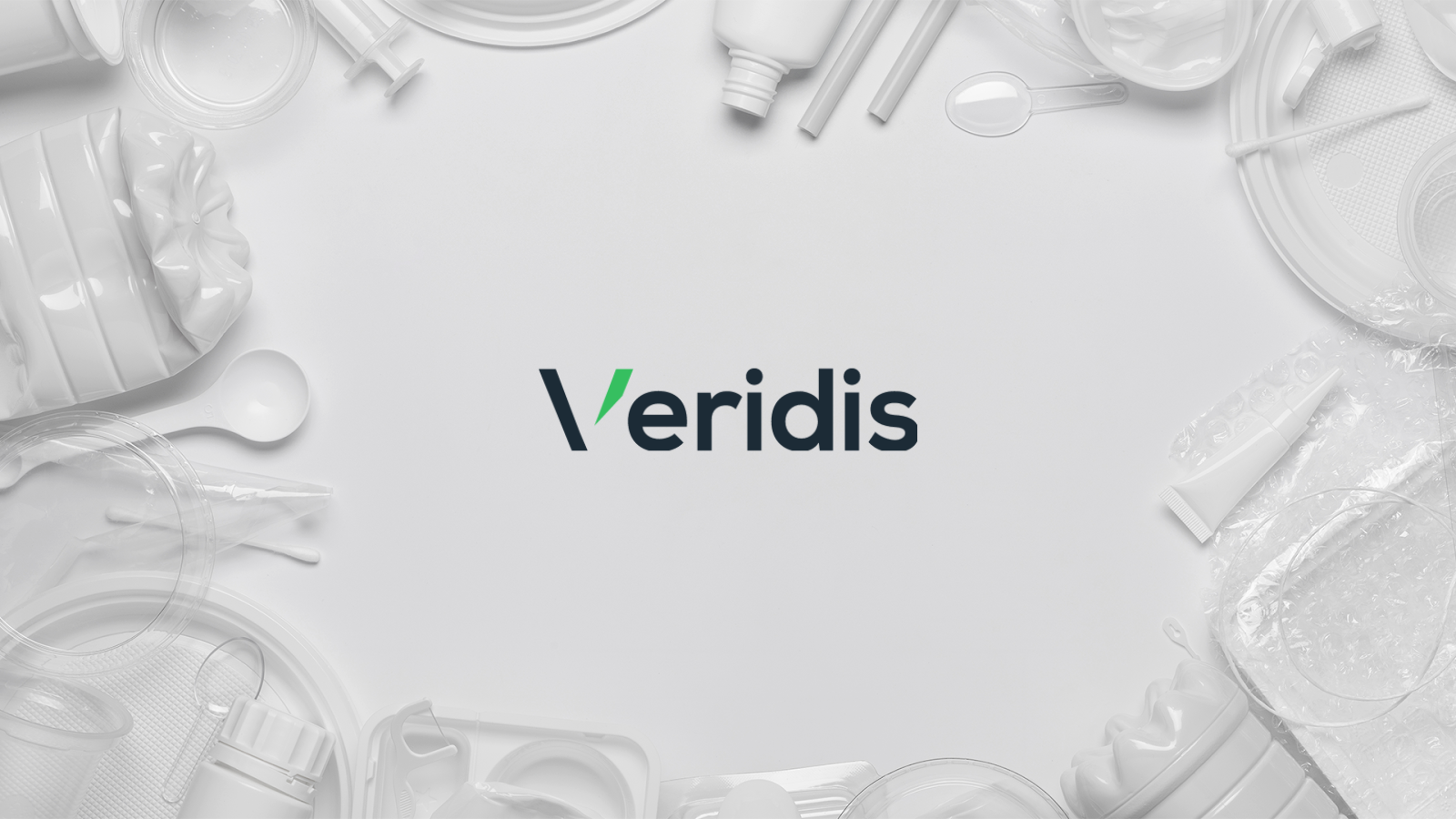We are an ambitious start-up, aiming for a significant improvement of the quality control in the plastic recycling industry. Currently developing new analytical technologies to improve material property characterization of plastics and complex materials.
Today the world has produced enough plastic to cover the whole of Amsterdam with 30 metres of plastic. In fact, the world currently generates 270 million tonnes of plastic waste per year.
Several attempts have been made to reduce plastic waste, mainly through recycling. However, simply put, recycling is not good enough. Worldwide only 15% of plastic is being recycled. But even the plastic that is being recycled ends up in low quality applications, of which there are plenty, or even worse, the ‘recycled’ plastic is being burned and destroyed.
Even though the EU pushes recycling through regulation, the market has a dying need for high quality recycled plastics and customers are increasingly aware of the plastic problem, recycling is not up to standard. There is a gap between the market demand for high quality plastics, companies which want virgin-like recycled plastic, and the inability of plastic recyclers to achieve this quality with the current technologies. Currently, it is impossible to assess the composition of different plastics at the same time. The type and quality of recycled plastics is therefore often unknown, and that’s where we come in.


At Veridis, we are developing novel technology that decreases the uncertainty in plastic recycling at least 10 times. We are developing a plastic scanning device that revolutionizes currently unusable plastic recycling by scaling up sample sizes with a factor 100.000. This provides a reliable material fingerprint of the recycled plastics, based on DSC technique, and makes a representative analysis for the big quantities in plastic recycling. This makes it possible to close the gap and would improve the quality and quantity of plastic recycling, lead to more applications of plastic recycling, not destroy valuable waste streams and hence close the circular loop.
